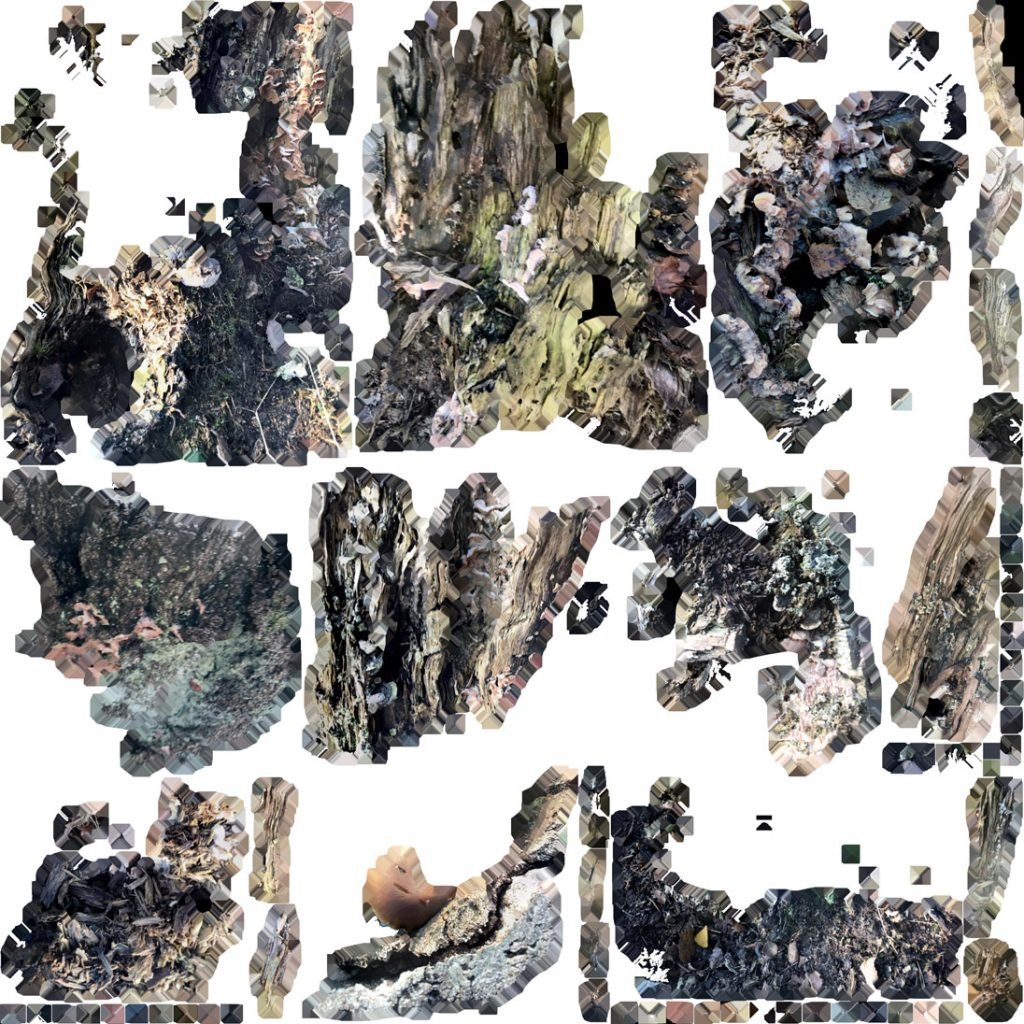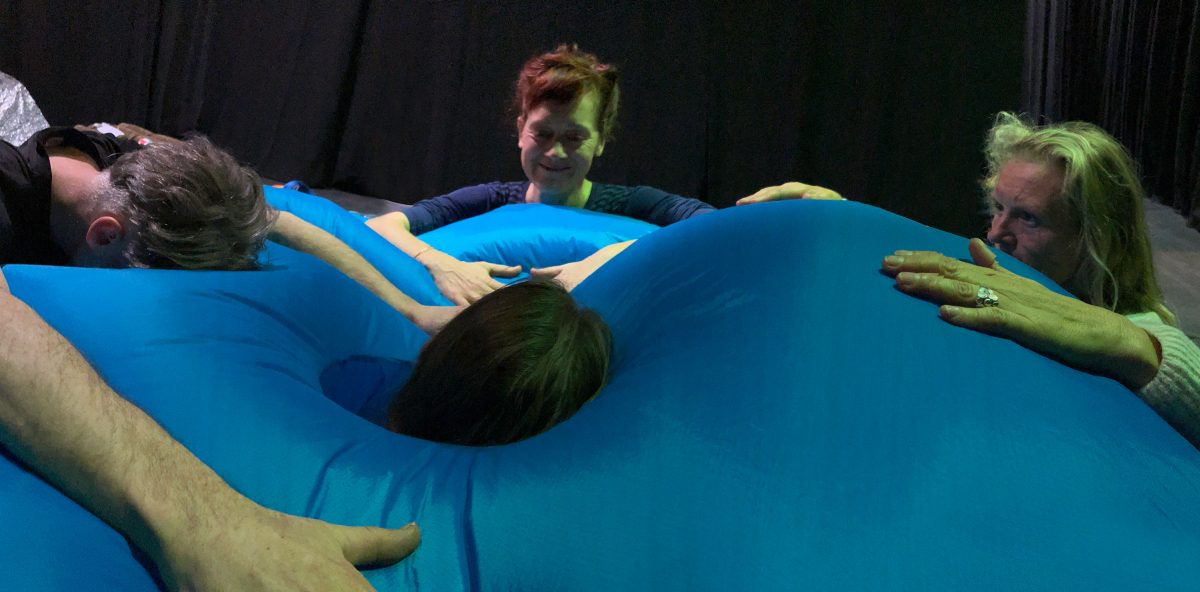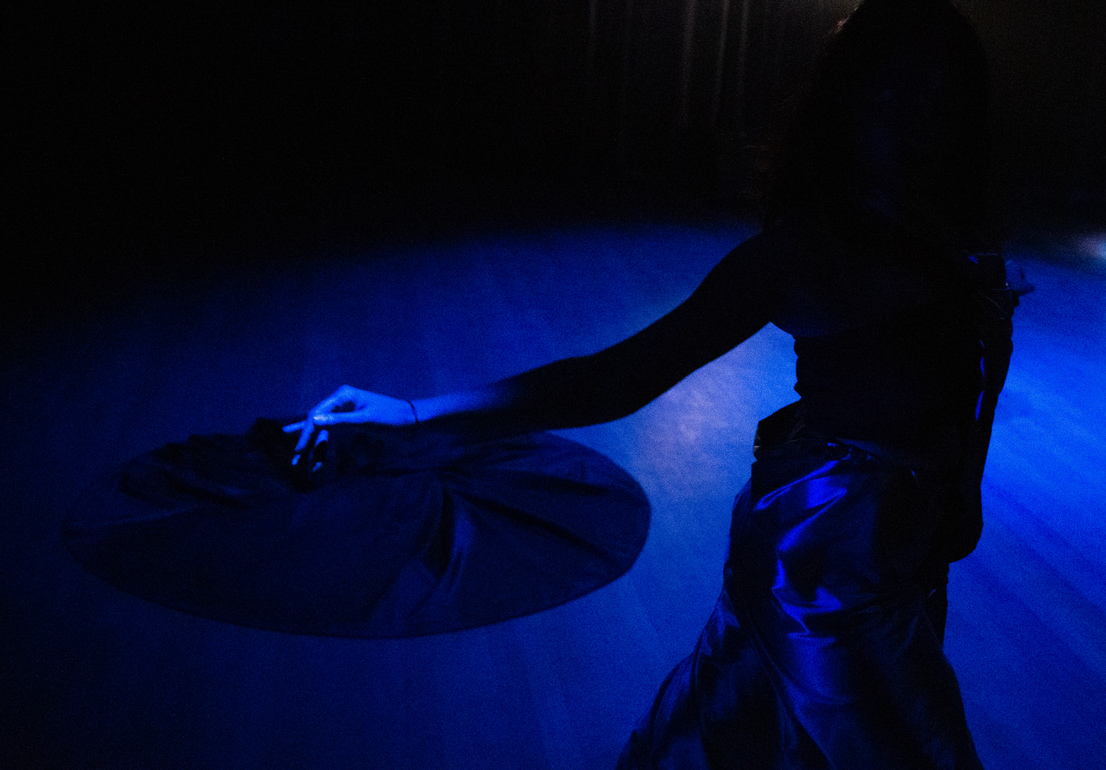During the pandemic isolation I started experimenting with photogrammetry in the city of The Hague. There, slowing down with tree roots and decomposing matter, the research turned into a speculative exploration into places where one cannot practically enter, due to material and physical constrains. This investigation allowed for a new relations in scale and motion, penetrating dense subspaces and topologies where the notion of compactness is no longer valid; inside and outside are blurred. The body can wander in a continuous path in any dimensions, navigate imagined architectures, liberated from the limitations of physical reality.

This 3D scanning series blends geometry with geology. One can imagine becoming smaller, becoming animal and excavate solid objects, gaining access to the underground and inverting the perceived fabric of the world.

Digging deeper into the process, one notices that the elastic images generated by 3D scan software reveal the border of procedural planes, where geometric construction folds into illusion. The photos adapt to the digital surface model, enveloping living phenomena (fungi, decaying vegetation), mineral and topographic elements. What the camera cannot distinguish, or determine, the eyes can fabricate and marvel at. The suggested architectures become a playing field for the senses.




